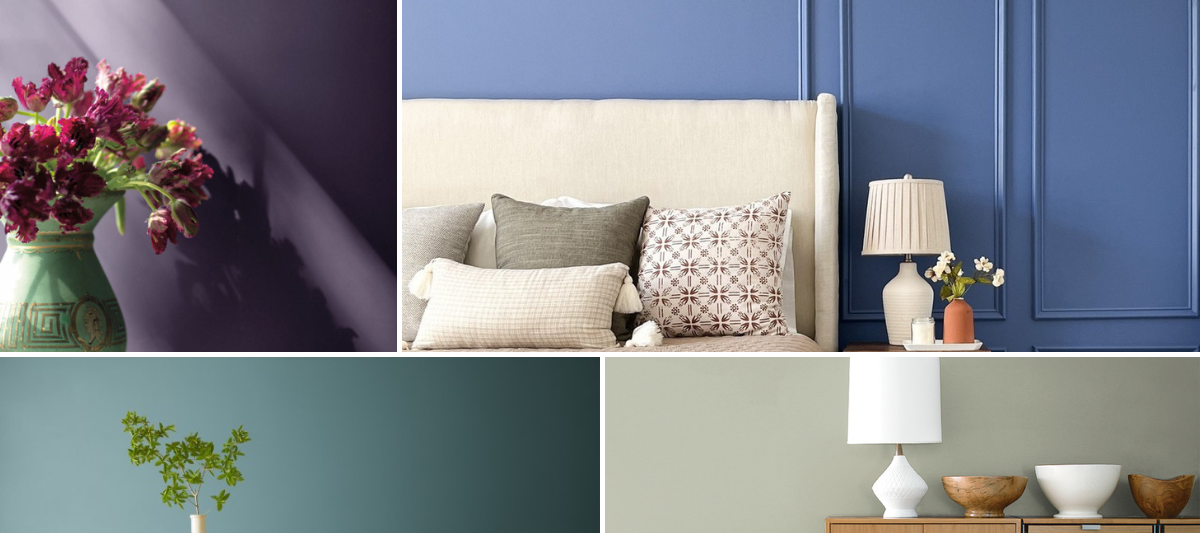Your Cart is Empty
Order for In-store Pickup or Local Delivery

Repainting your cabinets costs about 80% less than installing a brand new kitchen and still cooks up amazing results. Yet, success hinges on prepping surfaces correctly and choosing the right paint products. Start by getting a handle on these steps to bring fresh color to yourcucina and reclaim your kitchen’s shelf confidence.
Step 1: Remove all cabinet doors, drawers and hardware. Ensure that you have a flat work surface on which to paint and allow the paint to dry.
Step 2: We can’t overstate that all cabinetry must be CDD: Clean, Dry and Dull. Dirt prevents paint bonding, so use a gentle grease remover OR T.S.P and a damp sponge to wipe the cabinet doors clean. Ensure that you rinse the doors with clean water. Dry thoroughly. After cleaning, you will want to roughen up the smooth surface. Dulling (aka sanding) the cabinet face gives the primer something to stick to. Use a medium sandpaper (150-180 grit) to sand down the surface just enough to dull any gloss. Wipe away the excess dust with a slightly damp cloth and allow to dry.
Step 3: Now you’re ready for prime time! The type of surface being painted will determine the type of primer to be used, so know if your cabinets are made of wood, MDF (medium density fiberboard), laminate or have been previously painted.In any case, the go-to primer we recommend isBenjamin Moore’s STIX primer. This high bonding, waterborne primer is low VOC and doesn’t give off extreme odor.
Step 4: Round 2 of sanding. After the primer has dried, using a 220-grit sandpaper on the surface will even out drips or pools and ensure your paint goes on smoothly.
Step 5: Now the FUN part – getting to paint!If you ask us, you can’t do better than Benjamin Moore’s ADVANCE, with its durable, furniture-like finish for cabinets and trim. ADVANCE is a water-borne alkyd, so although it offers the charming qualities of being low VOC and is easy to clean up with soap and water, it has the benefit of an oil-based product that will ultimately cure to a smooth, hard rock finish.
Bonus Pro Tip: Using a brush to apply the first coat of ADVANCE paint. We recommend brushing the creases and edges with a brush and rolling the flat surfaces with a low-pile roller. Using a small pile roller like a 5-mil will ensure only a thin layer of paint is applied, reducing bubbles and any unsightly brush marks on the surface.
Step 6: After allowing the first coat of paint to dry for a full 24 hours, apply a second coat and repeat the same process as in Step 5. After another 24 hours of drying time, you can re-install your doors and hardware (but be sure to handle with care).
Choosing a paint color for kitchen cabinets is not always an open and shut case. If you’re seeking divine color inspiration,ask our in-store experts for ideas, design tips and much more. Here are just a few of our favorites from Benjamin Moore:
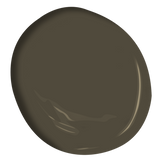
Southern Vine 2138-10: Bathe your kitchen in this rich, deeply-saturated brown that looks lustrous in a satin finish.
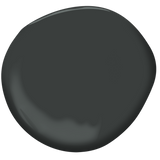
Blacktop 2135-10: A bold color that plays well with blues and greens, this is a great choice when paired with a crisp white trim.
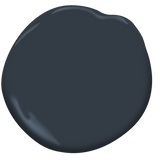
Polo Blue 2062-10: This reliable, classic shade of navy adds a sense of poise to any space.
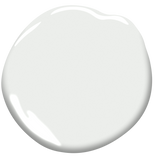
Decorator’s White CC-20: Aside from being timeless, this off-white beauty is highly reflective of light and adds brightness to the room.
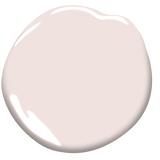
First Light 2102-70: 2020’s Color of the Year is a soft airy pink that provides a warm glow of comfort in any space it appears.
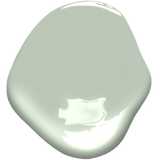
Antique Jade 465: Sage green with a slight gray undertone, this unexpected neutral exudes elegance.
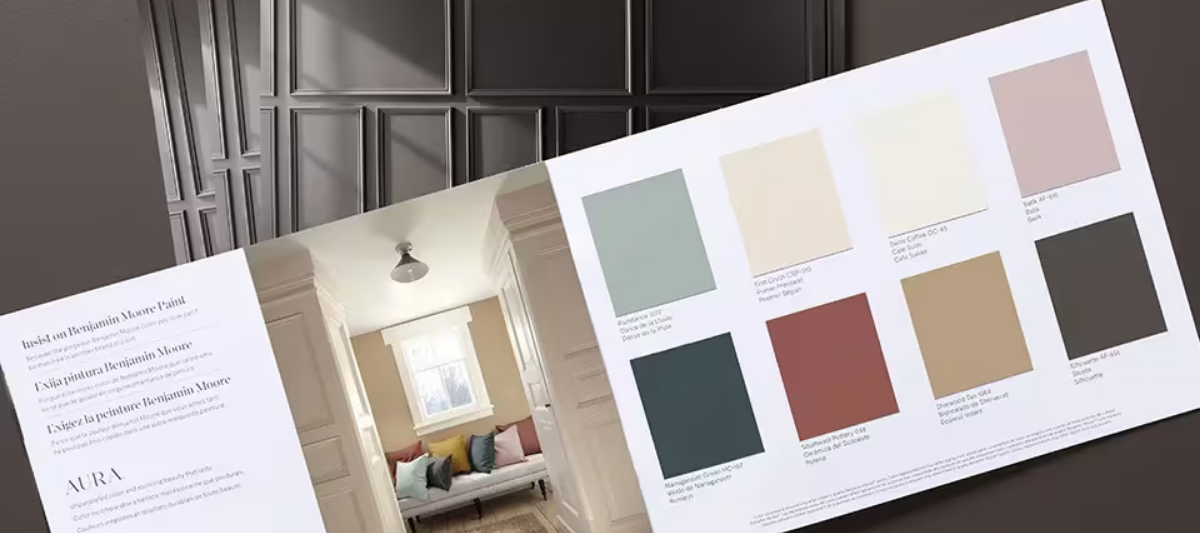
Find fresh color inspiration for 2026 with Benjamin Moore’s new Color of the Year and Color Trends Palette. Silhouette is a study in balance — rich yet restrained, moody yet inviting.
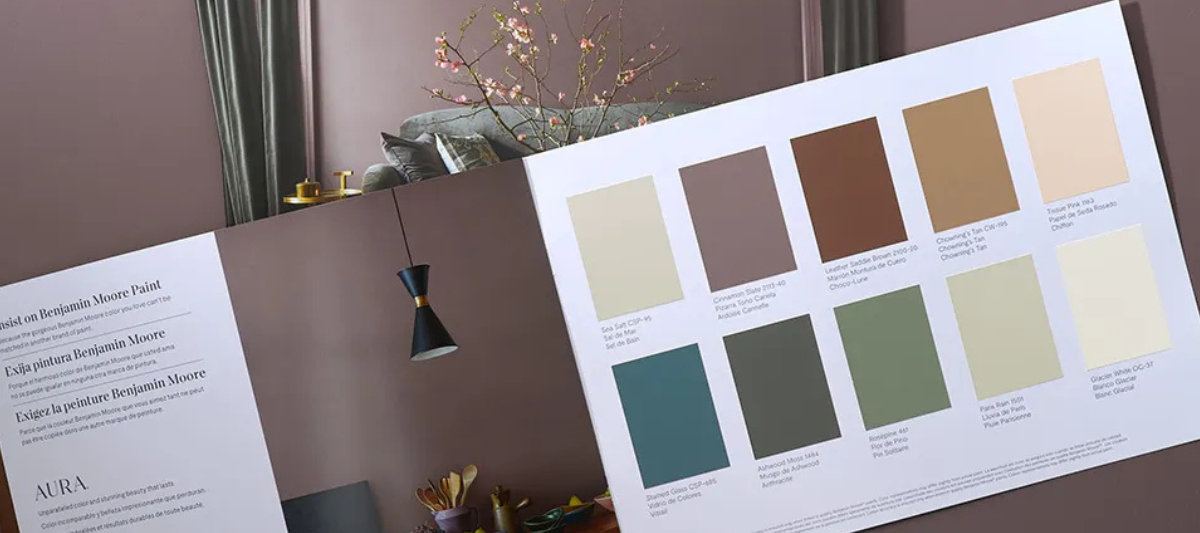
Every year, paint enthusiasts and interior designers eagerly await the announcement of Benjamin Moore’s Color of the Year, a paint trend forecast that sparks excitement and debate. Whether people are quick to embrace the color or need time to warm up to it, the influence on paint and design trends is undeniable. For 2025, Benjamin Moore introduces Cinnamon Slate (2113-40), a color that’s set to redefine how we approach interior paint choices.
